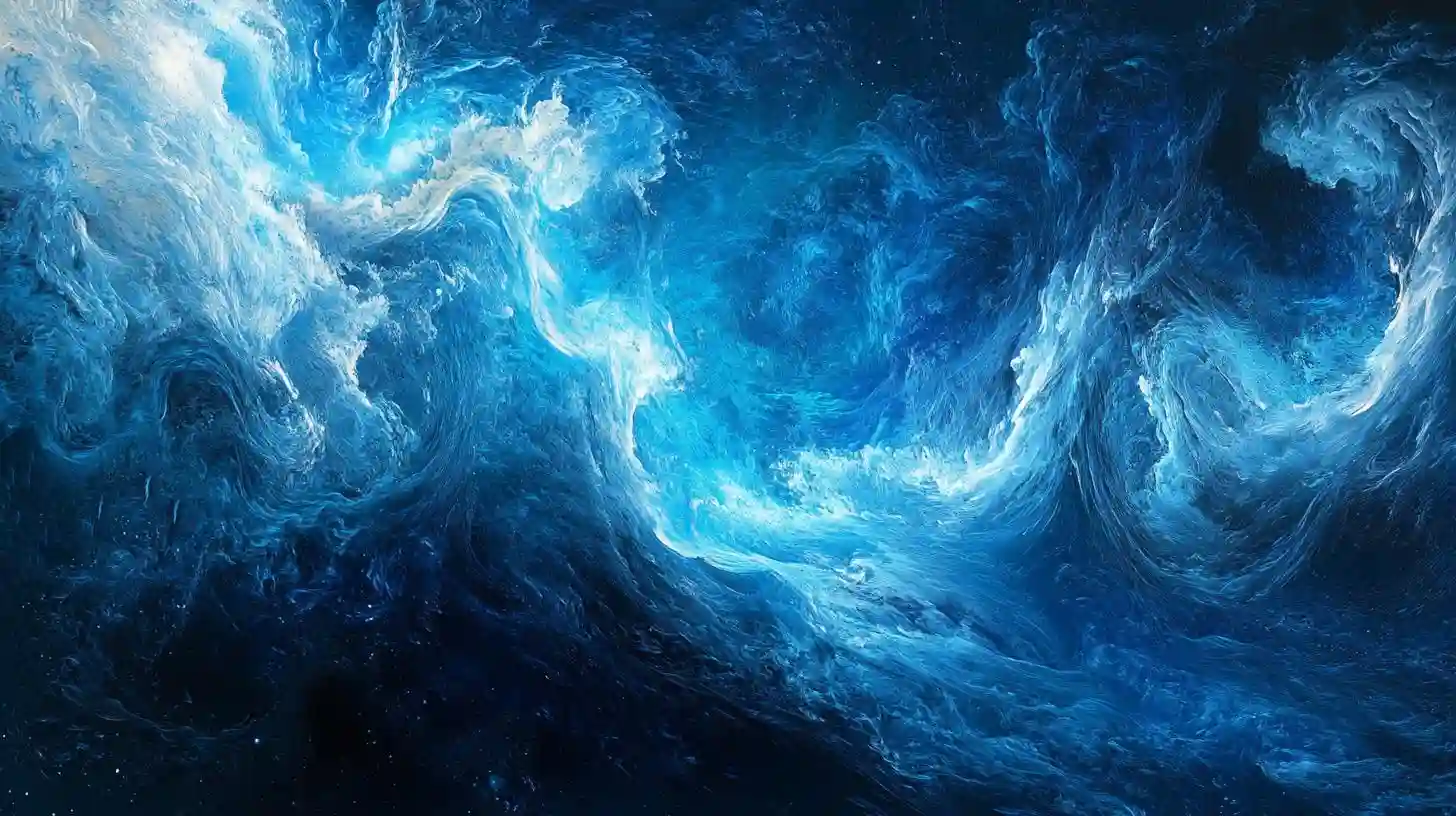
The blue hue of the ocean is one of nature's most captivating phenomena, stirring awe and curiosity among those who gaze upon its expansive surface. Scientists have dedicated considerable effort to understanding the intricate interplay of light and water that gives the ocean its distinctive color. The science behind this phenomenon involves a combination of factors related to the interaction of sunlight, water, and the presence of various substances in the ocean.
Sunlight is composed of a spectrum of colors, each defined by its wavelength. When sunlight penetrates the ocean, the water molecules absorb light at different wavelengths. The absorption spectrum of water is pivotal to understanding why the ocean often appears blue. Water absorbs colors at the red end of the visible spectrum more effectively than it does those at the blue end. This selective absorption means that as sunlight travels deeper into the water, reds, oranges, and yellows are absorbed, leaving predominantly blue wavelengths to be reflected back to our eyes.
The depth of the water also plays a significant role in the ocean’s color. In shallow waters, particularly in areas with sandy or light-colored bottoms, the ocean can exhibit shades of green or turquoise. This is largely due to the reflection of light off the sea floor and the interaction of sunlight with particulate matter and phytoplankton. However, in deeper bodies of water, as light has to travel further, the deeper blue hues dominate because longer wavelengths are absorbed more rapidly, allowing shorter wavelengths, primarily blue, to be scattered and reflected.
Scattering is another critical factor in determining the ocean's color. Rayleigh scattering, the same phenomenon that makes the sky appear blue, occurs when sunlight hits tiny particles in the water. While water is a clear substance, it contains dissolved organic material and microscopic organisms, which can scatter light. This scattering, combined with the absorption properties of water, contributes to the total color that we perceive. Areas of the ocean that are rich in phytoplankton, for example, can appear greener due to the absorption of red light by chlorophyll, a pigment found in these tiny organisms.
The presence of dissolved organic materials, sediments, and other particles can also affect the ocean's color. Coastal waters, often filled with organic matter from rivers and land runoff, can take on a murky brown or greenish hue. This is due to the suspended particles that scatter and absorb light differently compared to clear oceanic waters. Each of these elements plays a significant role in modifying the overall color perception of the ocean.
Temperature and seasonality can additionally influence ocean color. Warmer waters often encourage a bloom of phytoplankton, which can change the color of the sea significantly. These blooms can create a vibrant palette of colors, from green to reddish hues, depending on the species of phytoplankton present. During certain times of the year, particularly in the spring and summer months, nutrient-rich waters may lead to increased biological activity, further altering the visual aspects of the ocean.
Interestingly, the geographical location also contributes to the color of the ocean. Tropical regions, with their typically clear waters and sandy bottoms, often showcase striking shades of blue and turquoise. Conversely, polar regions may exhibit darker hues due to the presence of ice, which reflects a different spectrum of light. The interplay of various environmental factors such as latitude, local geology, and ocean currents shape the unique color characteristics found in different locations.
Another fascinating element contributing to the ocean’s visual beauty is the effect of the sky above. On a clear, sunny day, the blue of the ocean is more pronounced, reflecting the colors of the atmosphere. However, clouds and sunlight angles can alter perceptions and shades, creating beautiful displays of color that shift throughout the day. The relationship between the ocean and the sky is complex, as atmospheric phenomena can change the appearance of the ocean in ways that captivate observers.
The color of the ocean, while seemingly simple at first glance, is the result of a complex interplay of various scientific factors. Understanding the science behind this beautiful blue expanse reveals not only the uniqueness of each oceanic region but also the intricate relationships that define our planet's ecosystems. As we explore and appreciate the ocean’s beauty, we come to realize that the secrets of its blue hue are deeply rooted in the natural laws that govern light, water, and life itself.